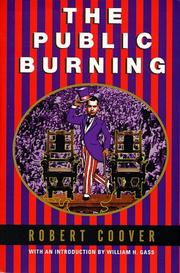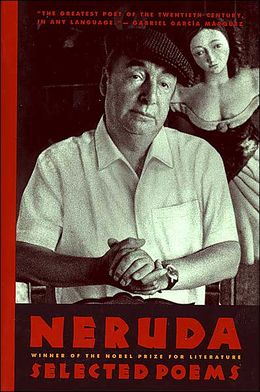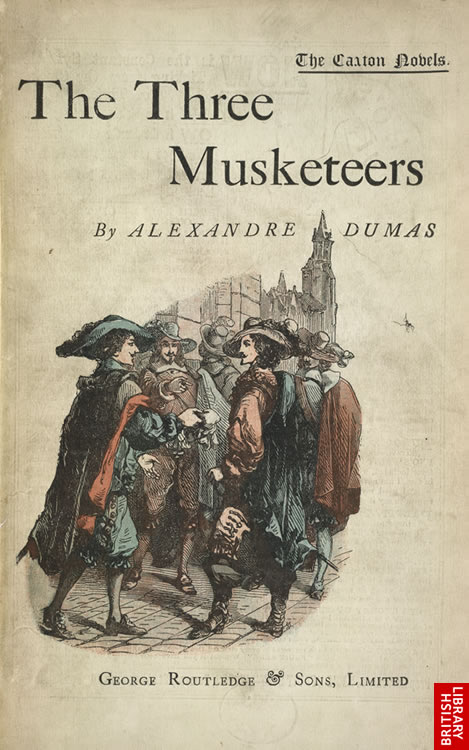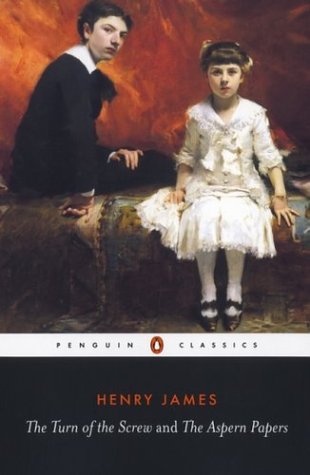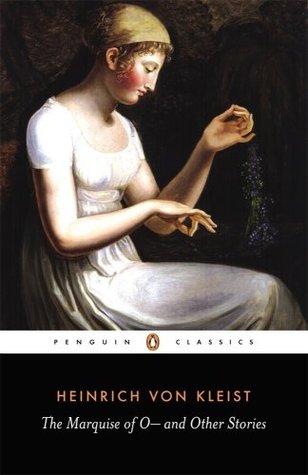 (2) The Marquise of O— and Other Stories by Heinrich von Kleist (1777–1811).
(2) The Marquise of O— and Other Stories by Heinrich von Kleist (1777–1811).
Appreciation of Heinrich von Kleist’s The Marquise of O— and Other Stories by Paula Fox
Heinrich von Kleist was born in 1777 and killed himself thirty-five years later in a suicide pact with a young lady, after having been blessed, or cursed, with a formidable talent for writing. During his brief life he turned out eight plays, among which is the marvelous one-act Robert Guiscard; eight stories, including the novella Michael Kohlaas; and a long story, The Marquise of O—. He also wrote a philosophical discourse, “On the Puppet Theatre,” a group of anecdotes, and some brilliant journalism.
Von Kleist was a true Romantic, yet he is utterly modern in the swiftness and depth of his perception of his subjects. Perhaps he didn’t choose them—they chose him, as it often seems with such a writer, a kind of fatality of choice.
In Michael Kohlaas von Kleist writes of the passion for justice turning a man into an outlaw. In The Beggarwoman of Locarno, a three-page arrow of a short story, a man sets fire to his own house. The Marquise of O—begins with an advertisement, placed in journals by a widowed Marquise, that pleads for the father of the child she is carrying to come forward and marry her. She hasn’t the faintest idea how her pregnancy came about.
And here’s the remarkable opening line of “The Earthquake in Chile”: “In Santiago, the capital of the kingdom of Chile, at the very moment of the great earthquake of 1647 in which many thousands of lives were lost, a young Spaniard by the name of Jeronimo Rugera, who had been locked up on a criminal charge, was standing against a prison pillar, about to hang himself.”
There are other stories of so lyrical yet violent a nature that the reader is infected with a fever of interest and admiration; at least this reader.
Total Points: 2 (PF 2)
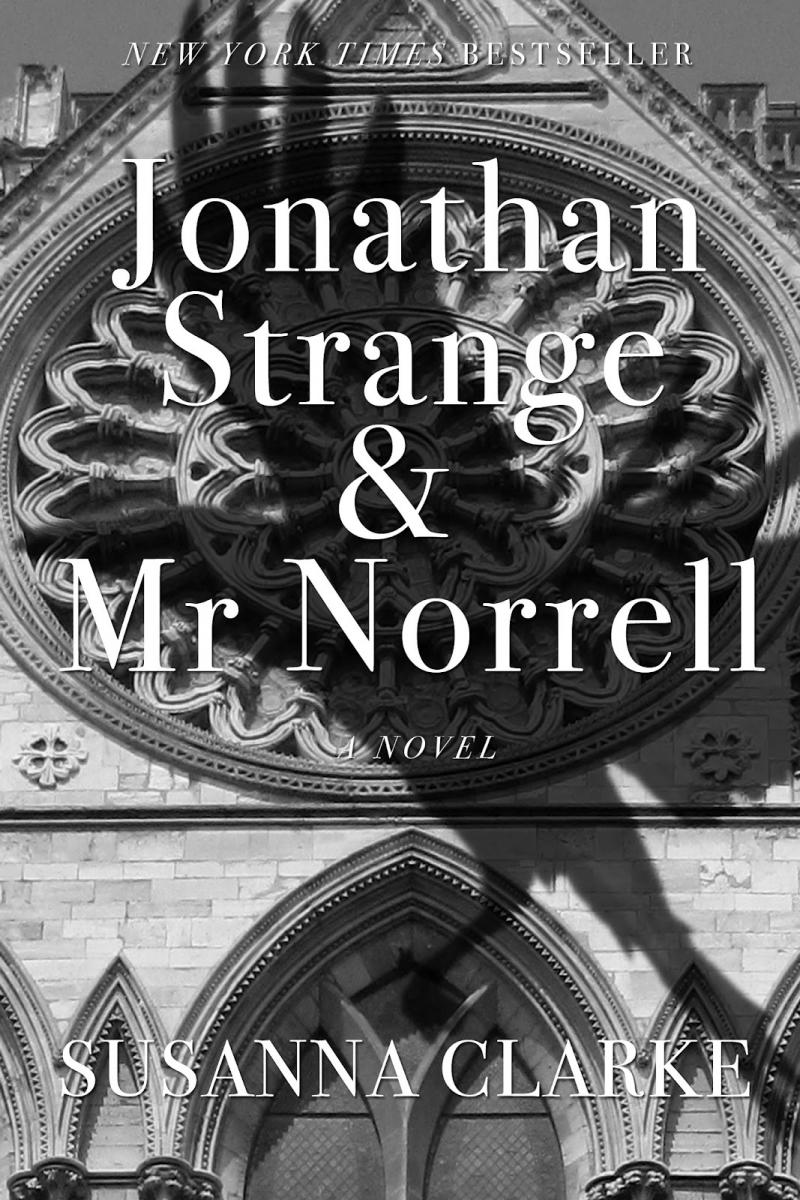 Jonathan Strange & Mr. Norrell by Susanna Clarke (2004). At the dawn of the nineteenth century, two very different magicians emerge to change England's history. In the year 1806, with the Napoleonic Wars raging on land and sea, most people believe magic to be long dead in England—until the reclusive Mr Norrell reveals his powers, and becomes a celebrity overnight. Soon, another practicing magician comes forth: the young, handsome, and daring Jonathan Strange. He becomes Norrell's student, and they join forces in the war against France. But Strange is increasingly drawn to the wildest, most perilous forms of magic, straining his partnership with Norrell, and putting at risk everything else he holds dear.
Jonathan Strange & Mr. Norrell by Susanna Clarke (2004). At the dawn of the nineteenth century, two very different magicians emerge to change England's history. In the year 1806, with the Napoleonic Wars raging on land and sea, most people believe magic to be long dead in England—until the reclusive Mr Norrell reveals his powers, and becomes a celebrity overnight. Soon, another practicing magician comes forth: the young, handsome, and daring Jonathan Strange. He becomes Norrell's student, and they join forces in the war against France. But Strange is increasingly drawn to the wildest, most perilous forms of magic, straining his partnership with Norrell, and putting at risk everything else he holds dear.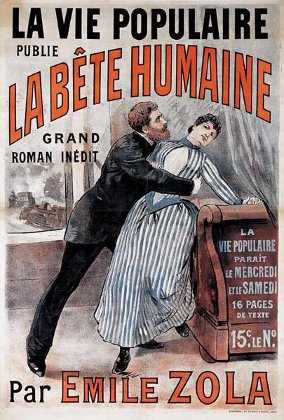
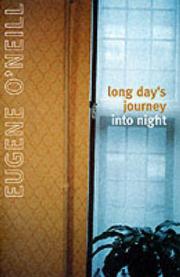 (2)
(2) 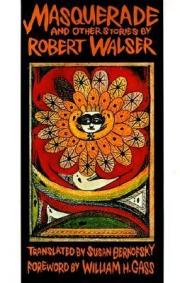
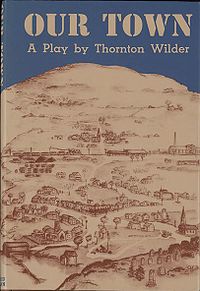
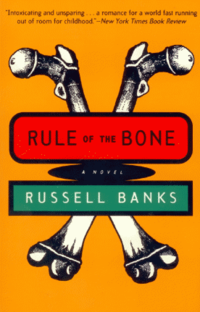
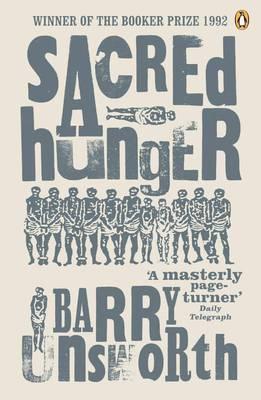
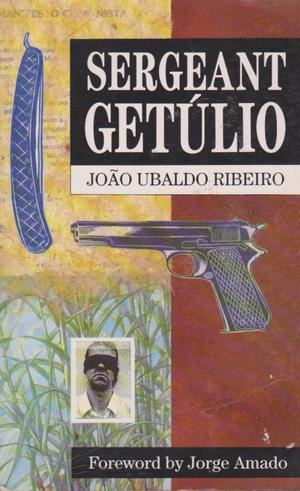
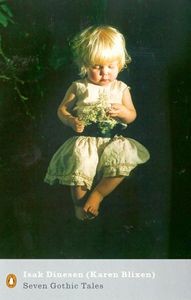
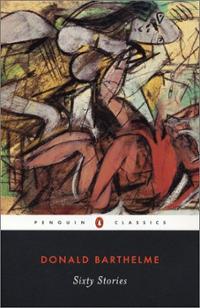
 Sullivan’s Travels
Sullivan’s Travels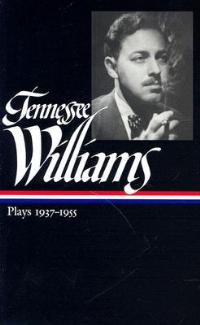
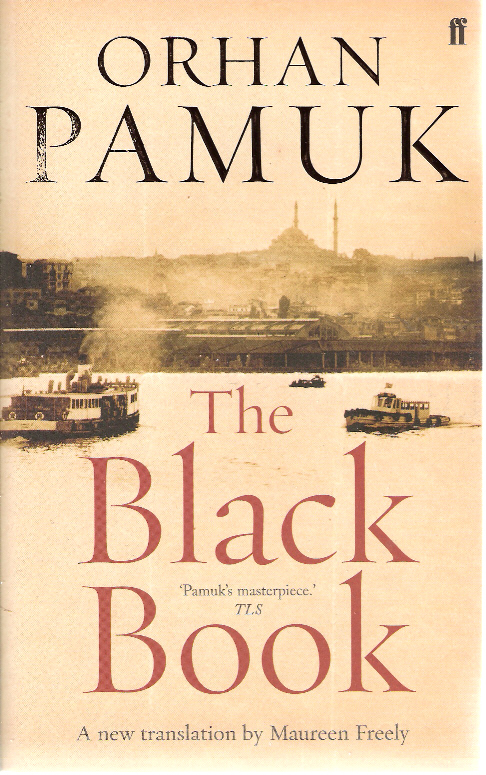
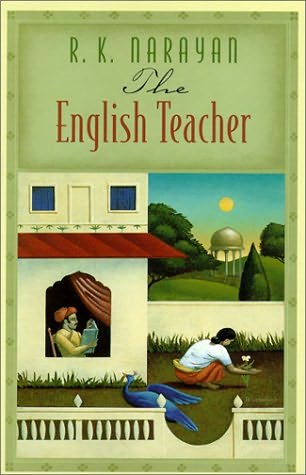
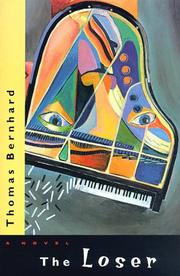
 (2)
(2) 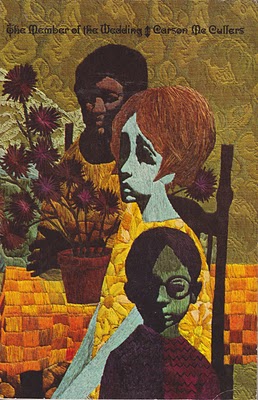
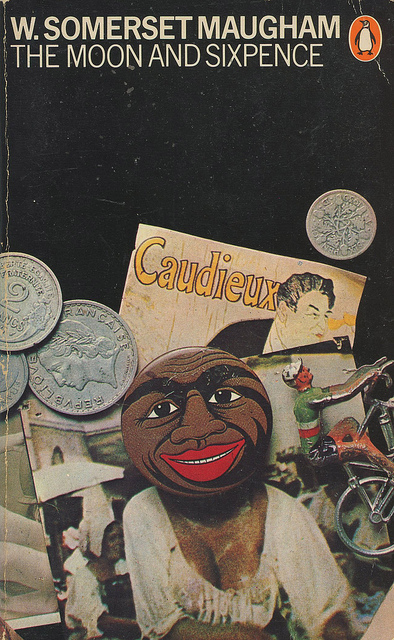
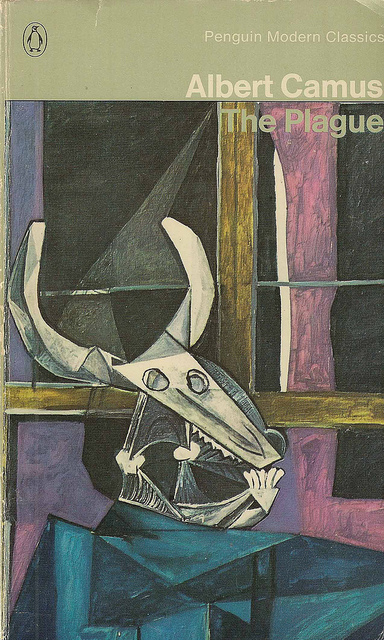 The Plague
The Plague